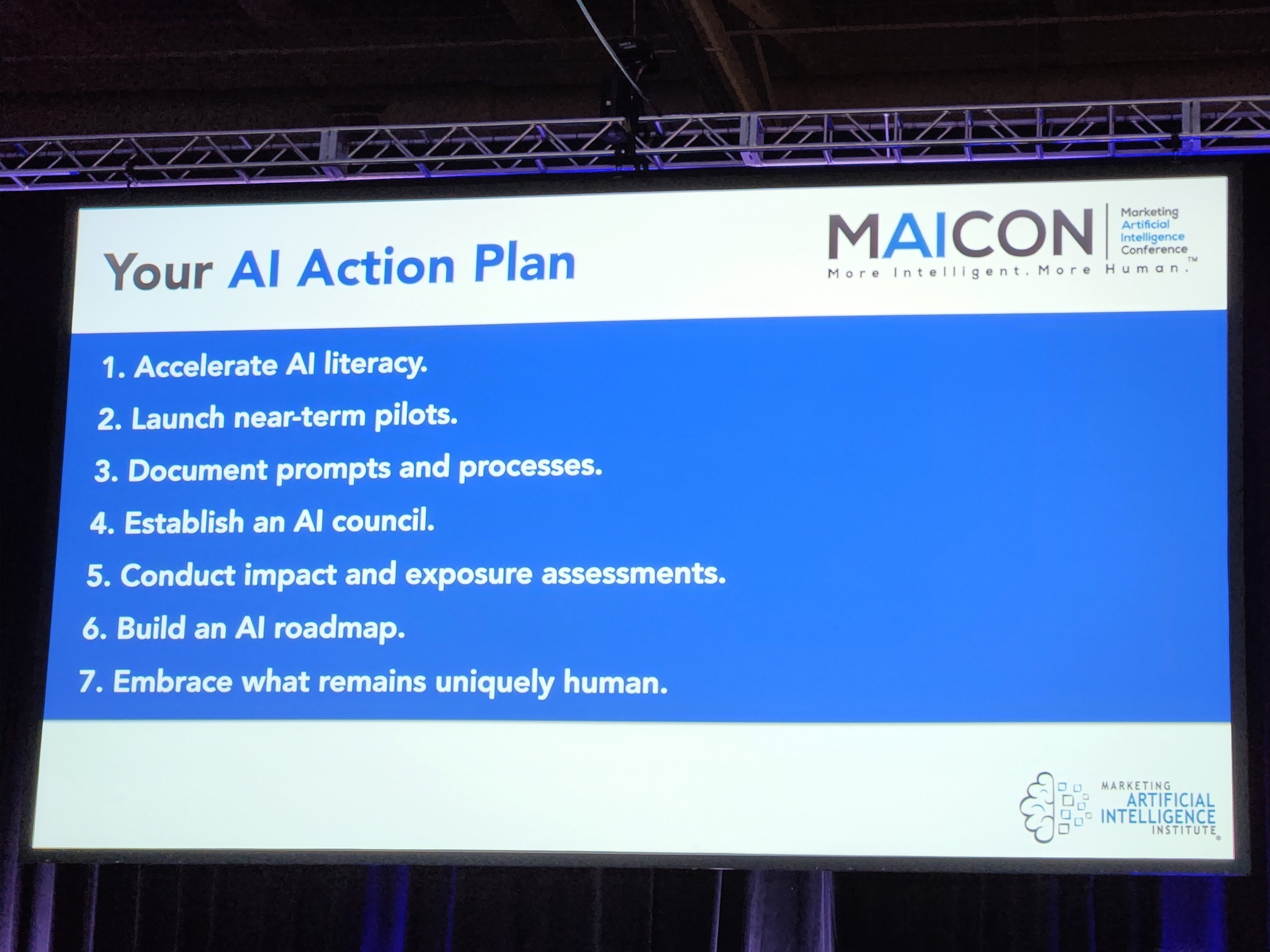author
William McKee
Demystifying Email Authentication Protocols: Learn more about the impact of Google and Yahoo's email policy changes on businesses and how you can ensure compliance in your HubSpot portal.
Understanding the New Email Landscape
The email marketing landscape is undergoing significant changes in 2024, with Google and Yahoo implementing stricter measures around email authentication protocols. These changes are aimed at combating spam and ensuring safer inboxes for users. As a business, it is crucial to understand and adapt to these new policies to maintain email deliverability and engagement rates.
Domain authentication plays a vital role in these changes. By authenticating domains, businesses can ensure that their emails are not mistaken for spam and have a higher chance of reaching the intended recipients. This is particularly important as non-authenticated domains are becoming a breeding ground for spam emails.
The Importance of Compliance
Compliance with email regulations is not only essential for maintaining a positive reputation and ensuring email deliverability, but it is also required by legal frameworks such as CAN-SPAM, the EU GDPR, and other global anti-spam laws. These regulations aim to protect users from unsolicited emails and promote responsible email marketing practices.
The increase in spam emails from non-authenticated domains has prompted the industry to push for tighter email regulations. By complying with these regulations, businesses can contribute to a cleaner and safer email ecosystem, fostering trust and engagement with their subscribers.
Key Changes and How to Prepare
To navigate the email marketing shift in 2024, it is crucial for businesses to understand the key changes and take necessary steps to prepare. One of the primary changes is the implementation of email authentication protocols, including SPF (Sender Policy Framework), DKIM (DomainKeys Identified Mail), and DMARC (Domain-based Message Authentication, Reporting, and Conformance). These protocols help verify the authenticity of the sender's domain, reducing the chances of emails being marked as spam.
Another important change is the requirement for a one-click unsubscribe option. Businesses must ensure that their email marketing platforms are equipped with this feature and promptly process unsubscribe requests to comply with the new regulations.
Furthermore, reducing spam complaints is crucial for maintaining a good sender reputation. Businesses should regularly manage their subscriber lists, removing inactive or unengaged contacts, and implement strategies to increase subscriber engagement, such as personalized content and targeted email campaigns.
Ignoring these changes can have a negative impact on a business's sales and email reach. It is important to start preparing early and allocate sufficient time for email service providers to recognize and verify the credibility of the domain.
Authentication Protocols
Setting up SPF, DKIM, and DMARC is essential for email authentication. SPF helps validate that the sender's server is authorized to send emails on behalf of the domain, DKIM adds a digital signature to the email to verify its integrity, and DMARC provides policies for how receiving servers should handle emails that fail authentication.
Implementing these protocols ensures that emails from your domain are properly authenticated and increases the chances of reaching the recipients' inboxes instead of being flagged as spam.
![]() HubSpot makes this easy. By navigating to your settings then Tools > Website > Domains & URLs, you can find the "Email sending domains" for your website. Follow the prompts to get your domain properly configured.
HubSpot makes this easy. By navigating to your settings then Tools > Website > Domains & URLs, you can find the "Email sending domains" for your website. Follow the prompts to get your domain properly configured.
Managing Subscriptions
With the new email regulations, businesses must provide a one-click unsubscribe option to allow subscribers to easily opt-out of receiving emails. It is crucial to implement this feature and process unsubscribe requests promptly to comply with the new requirements. By respecting subscribers' preferences, businesses can maintain a positive reputation and foster trust with their audience.
Regularly reviewing and managing subscriber lists is also important. Removing inactive or unengaged contacts can improve engagement rates and reduce the chances of spam complaints. Segmenting subscribers based on their preferences and sending targeted and personalized emails can also help increase engagement and prevent unsubscribes.
![]() HubSpot handles email compliance on your marketing emails (one-to-many). For one-to-one emails, you can add an unsubscribe link to improve compliance.
HubSpot handles email compliance on your marketing emails (one-to-many). For one-to-one emails, you can add an unsubscribe link to improve compliance.
Reducing Spam Complaints
Maintaining a low spam complaint rate is crucial for successful email marketing. Businesses should regularly monitor their email campaigns for any signs of spam complaints and take necessary actions to address the issues.
To reduce spam complaints, it is important to manage subscriber lists effectively. This includes regularly cleaning the lists by removing inactive or unengaged contacts and ensuring that subscribers have opted-in to receive emails. Additionally, providing valuable and relevant content to subscribers can help prevent them from marking emails as spam.
Engagement tracking and analyzing subscriber behavior can also provide insights into their interests and preferences, allowing businesses to send more targeted emails and reduce the chances of spam complaints.
![]() HubSpot allows you to keep an eye on your email health. You can view your scores by visiting Marketing > Email then selecting the "Health" tab. From here, you can see your score as well as compare your metrics against other companies in your industry. For more information, check out the Knowledgebase article on monitoring your email sending reputation with the email health tool.
HubSpot allows you to keep an eye on your email health. You can view your scores by visiting Marketing > Email then selecting the "Health" tab. From here, you can see your score as well as compare your metrics against other companies in your industry. For more information, check out the Knowledgebase article on monitoring your email sending reputation with the email health tool.
Technical Considerations
Implementing email authentication protocols requires technical considerations. It is important to work with your IT team or email service providers to properly set up SPF, DKIM, and DMARC. These protocols have specific configurations that need to be implemented correctly to ensure successful authentication.
Additionally, businesses should allow sufficient time for email service providers to recognize and verify the credibility of the domain. It may take some time for the changes to propagate and for email deliverability to improve.
Regularly monitoring email deliverability rates and engaging with email service providers can help address any technical issues and ensure that emails are properly authenticated and delivered to the recipients' inboxes.
Conclusion
The email marketing landscape is evolving, and businesses must adapt to the changes to maintain their email deliverability and engagement rates. The email policy changes implemented by Google and Yahoo emphasize the importance of email authentication protocols and compliance with industry regulations.
By understanding the new email landscape, prioritizing compliance, implementing authentication protocols, managing subscriptions effectively, and reducing spam complaints, businesses can navigate the email marketing shift in 2024 successfully.
Early preparation and thorough understanding of the technical considerations are key to ensuring a smooth transition. By adhering to best practices, businesses can not only maintain their email marketing success but also contribute to a cleaner and safer email ecosystem for their subscribers.
We are here to help!
By understanding and adapting to these evolving policies from Google and Yahoo, you not only ensure compliance but also unlock the potential from your email marketing campaigns. If you find yourself uncertain or in need of guidance, our dedicated team is here to support you in navigating these changes. Whether it's reviewing and enhancing authentication settings, refining sending practices, or offering insights on content optimization, we are committed to ensuring the continued effectiveness of your email campaigns. Reach out to us today.
.webp?width=900&height=548&name=wyatt-mobile%20copy%20(2).webp)

